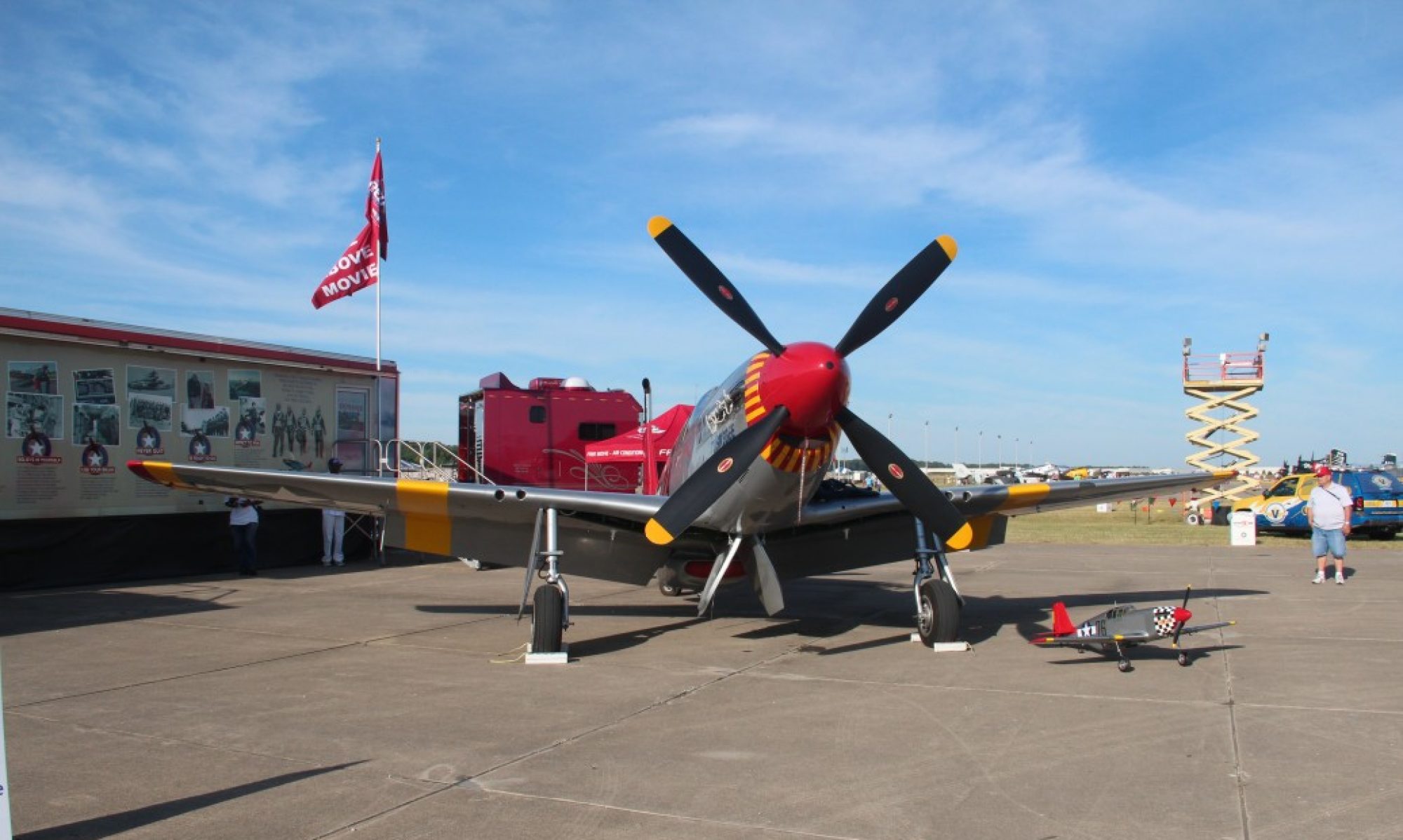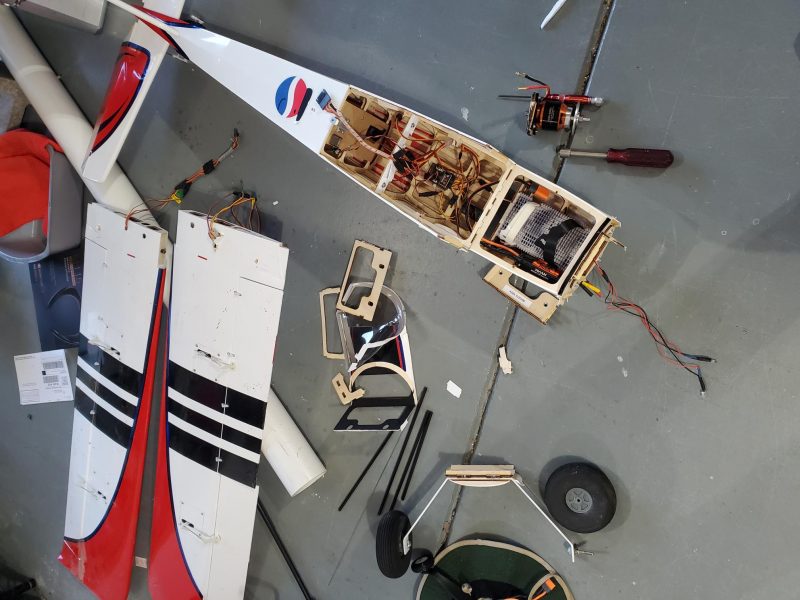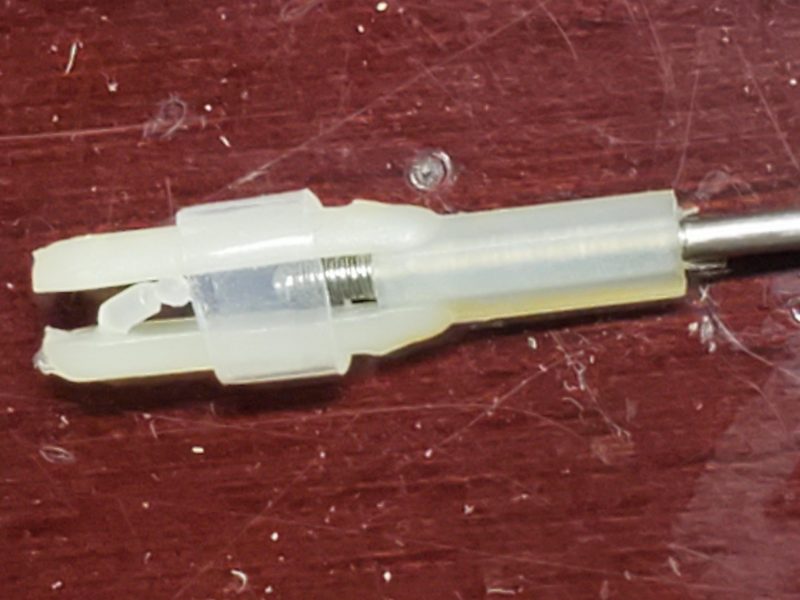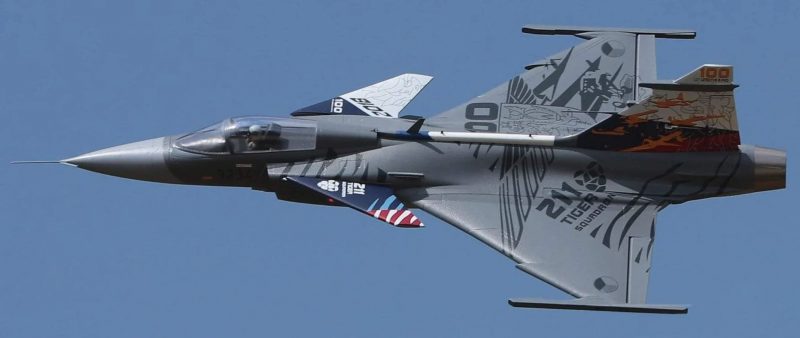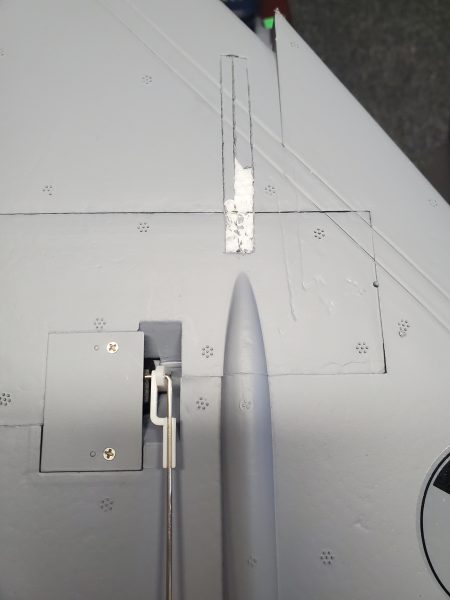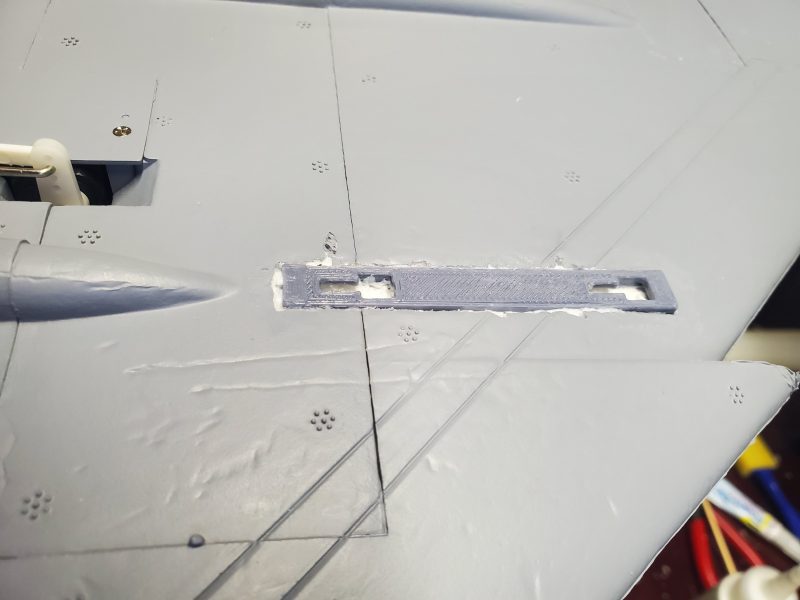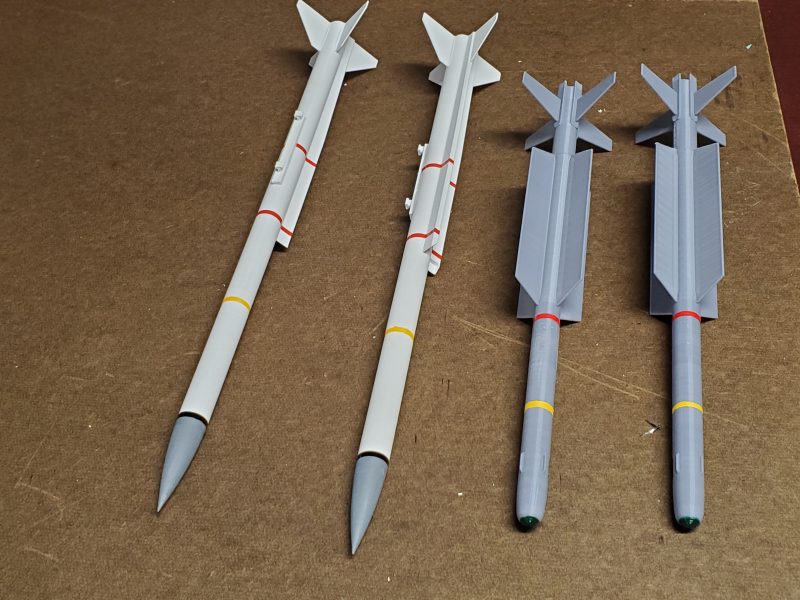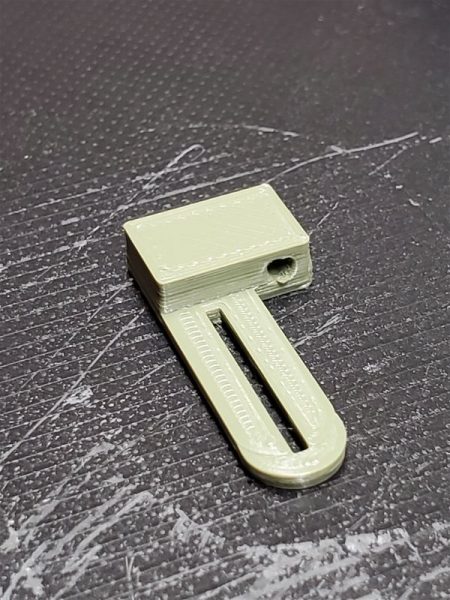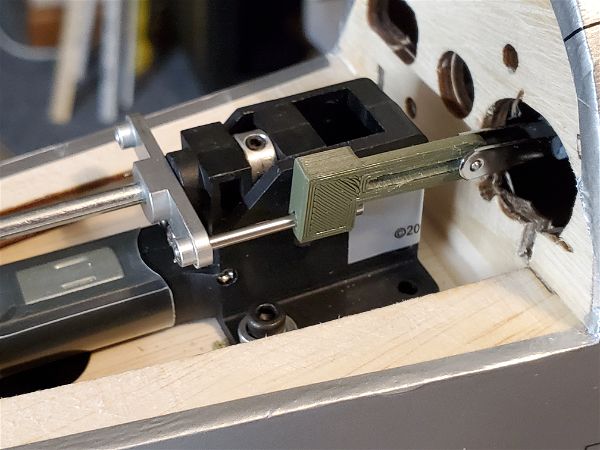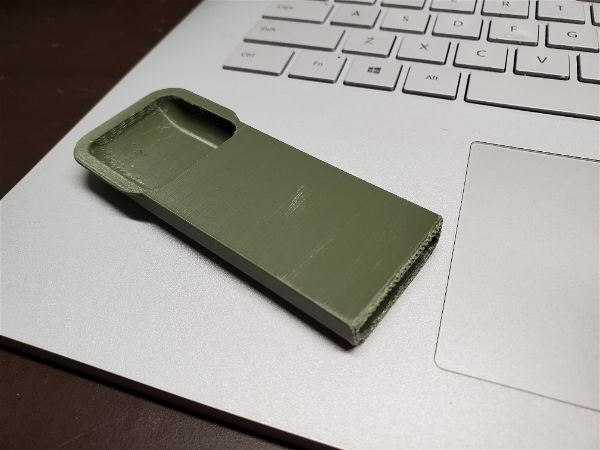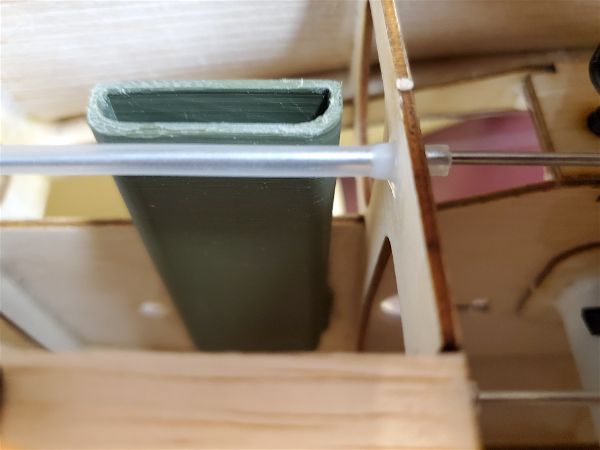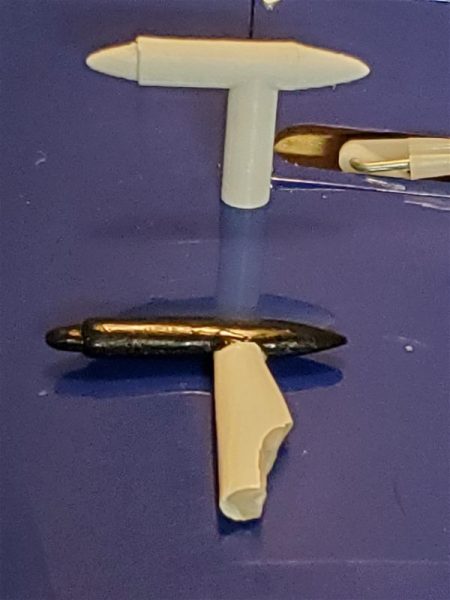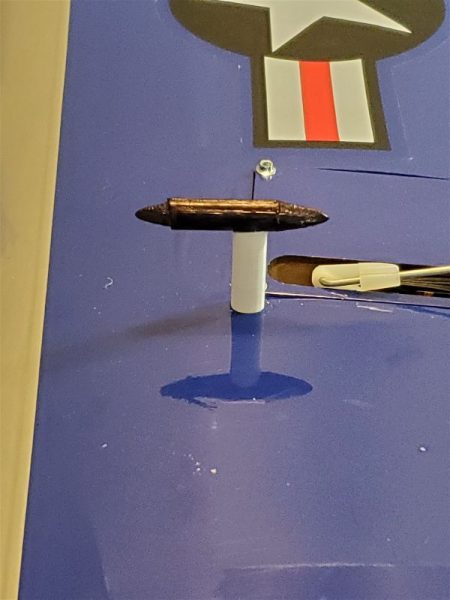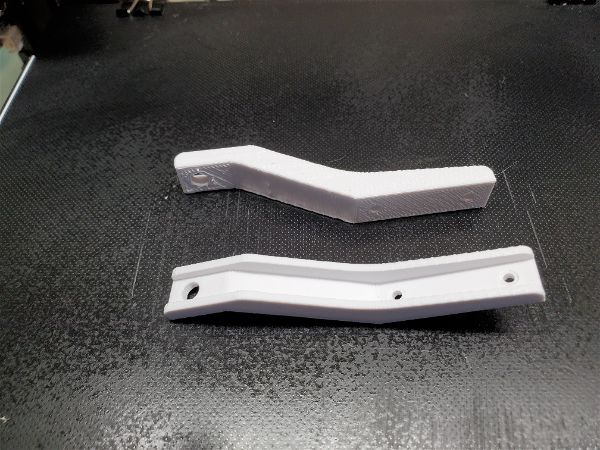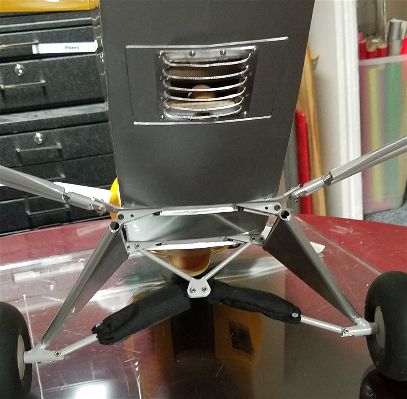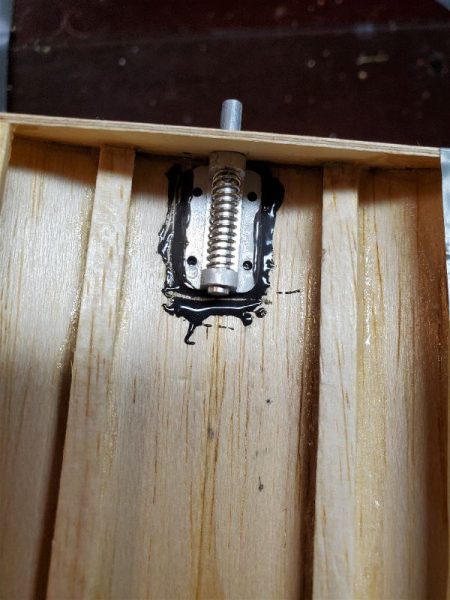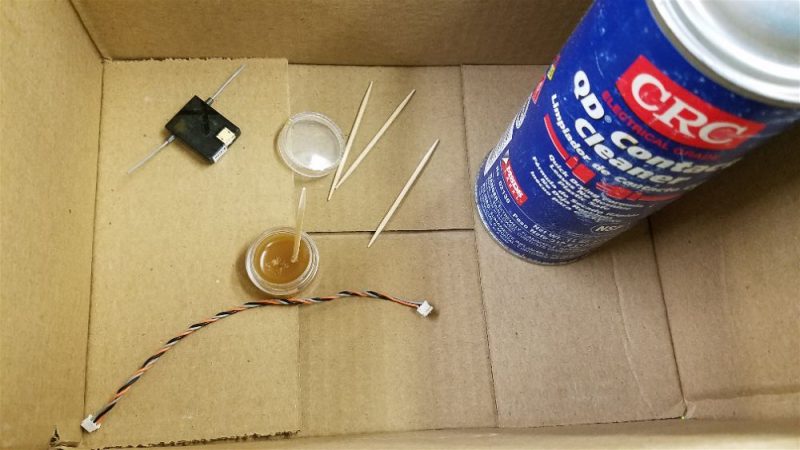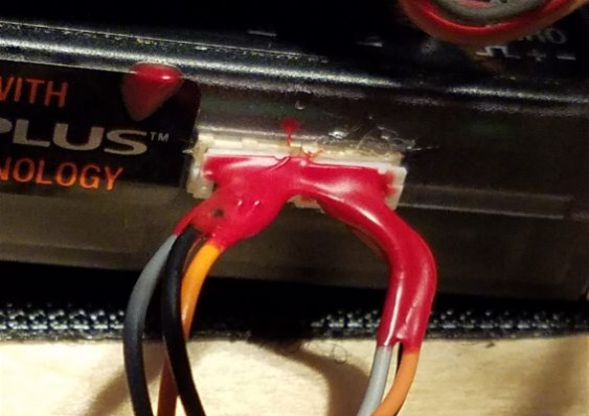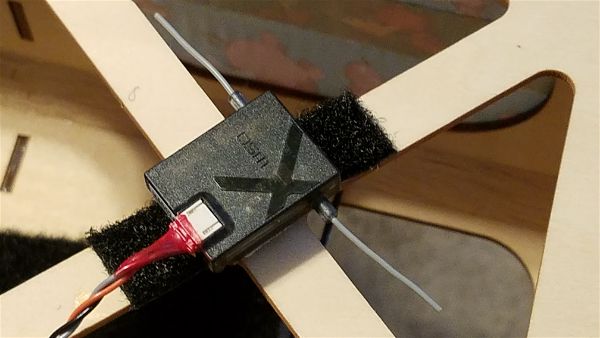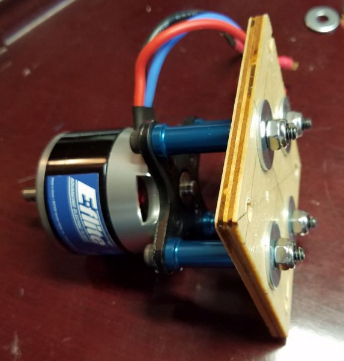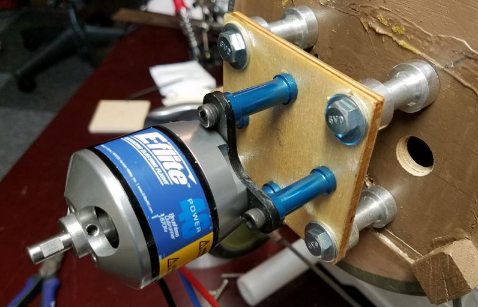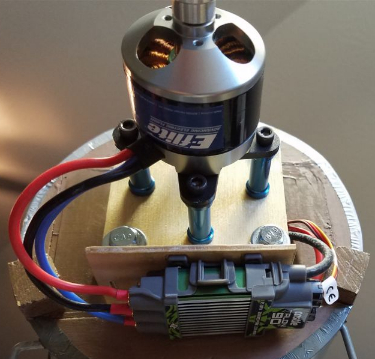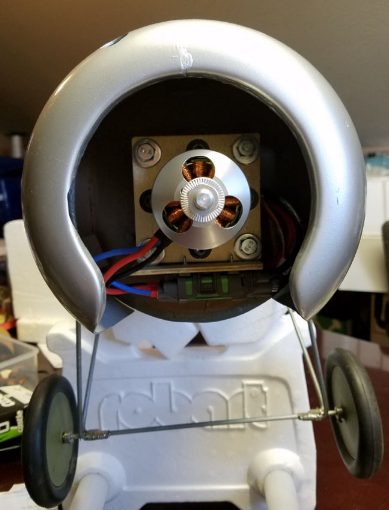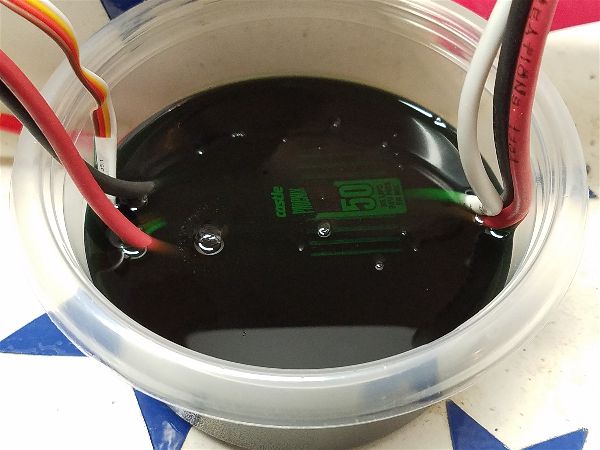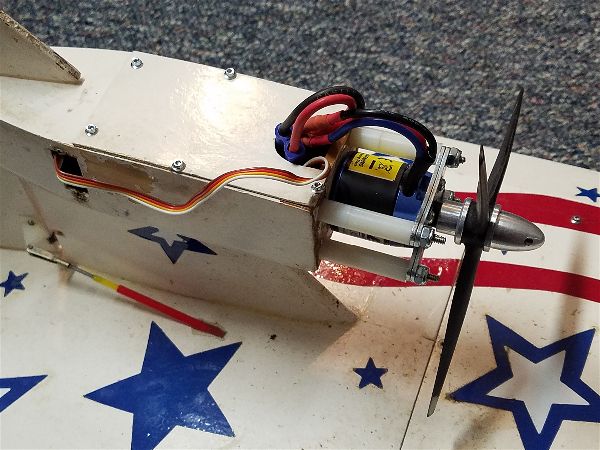Nearing the end of my normal flying season, I had begun to notice several of my batteries were hitting low voltage alarm levels quicker than expected and some warming up a bit more than I recall during previous flights. I quickly found that 7 of my 9 six cell 5000-6000mah batteries are essentially done and all 3 of my 4S 2800mah batteries are likewise underperforming.
Testing via my trusty internal resistance meter shows that every one of these packs has 1 or 2 cells with unacceptably high resistance numbers. This tracks with the observed issues.
While a certain number of failures are expected, this year seems unusual in the number of failures and the fact that many of the failures are newer packs and the largest number of them are HV packs!
So what is going on?
Well the explanation is of course a bit of science mixed with a bit of conjecture.
Here’s the data points I feel are relevant:
- All of my HV batteries are 2 years old or less.
- While some of my batteries are 4 years old (or maybe more) 8 of the 10 failed packs are LiHV packs. This is every LiHV pack I own.
- My battery maintainence is a bit lacking.
I often leave my packs in a fully charged state between flying days. Essentially, I charge up everything a day or two before flying and whatever doesn’t get flown (typically down to 30-50%) is left charged as nothing is done until I’m getting ready to fly again. Combine that with my busy schedule this year, which means I’m flying less often and for shorter periods… and you have more batteries sitting at full charge for longer periods.
That is where I think things went south. I also believe the reason the LiHV packs were affected more than any others is that they are simply less tolerant of the abuse I heaped on them. As with anything, you don’t get something for nothing and this certainly seems to be the achilies heal of these type of packs. Sitting at such high charge states for long periods of time seems to cause more damage than standard cells treated the same way. I would suspect an electro-chemical difference just makes them more susceptible to this… more so than just being at 4.35V rather than 4.2 but I really don’t know.
Luckily, over the past few years, many manufacturers have upped their games when it comes to high quality LiPo cells for reasonable prices so I can buy some really great value standard voltage batteries that will perform as well as the LiHV packs in my application. So I think I’m going to back away from the HV packs and just purchase some high value standard packs for the coming season.
I got a bit over zealous the past year or two and overspent a bit on the LiHV packs for what I need. I’ll leave those to the high performance guys and try to find a better performance to money balance for what I need.
